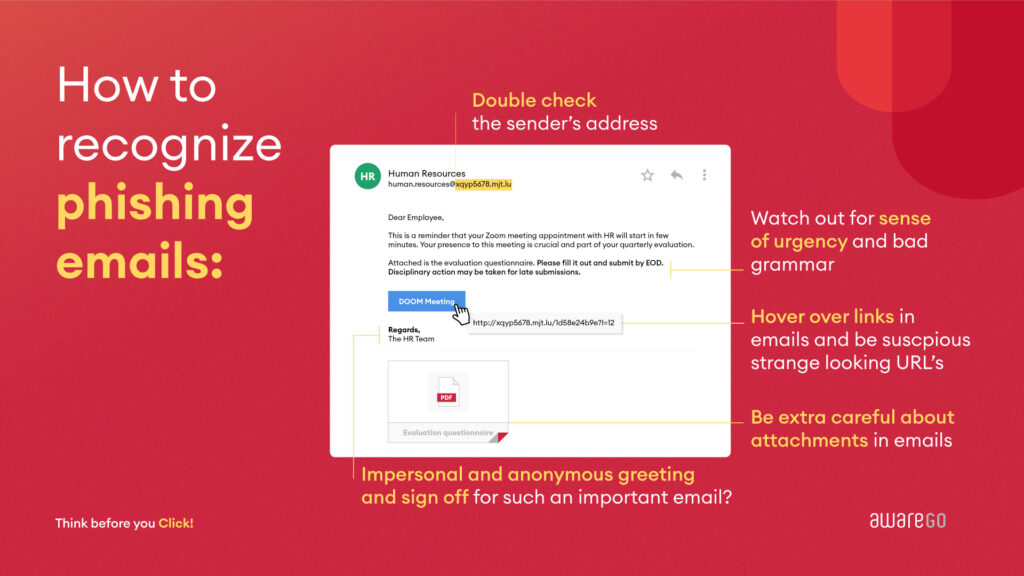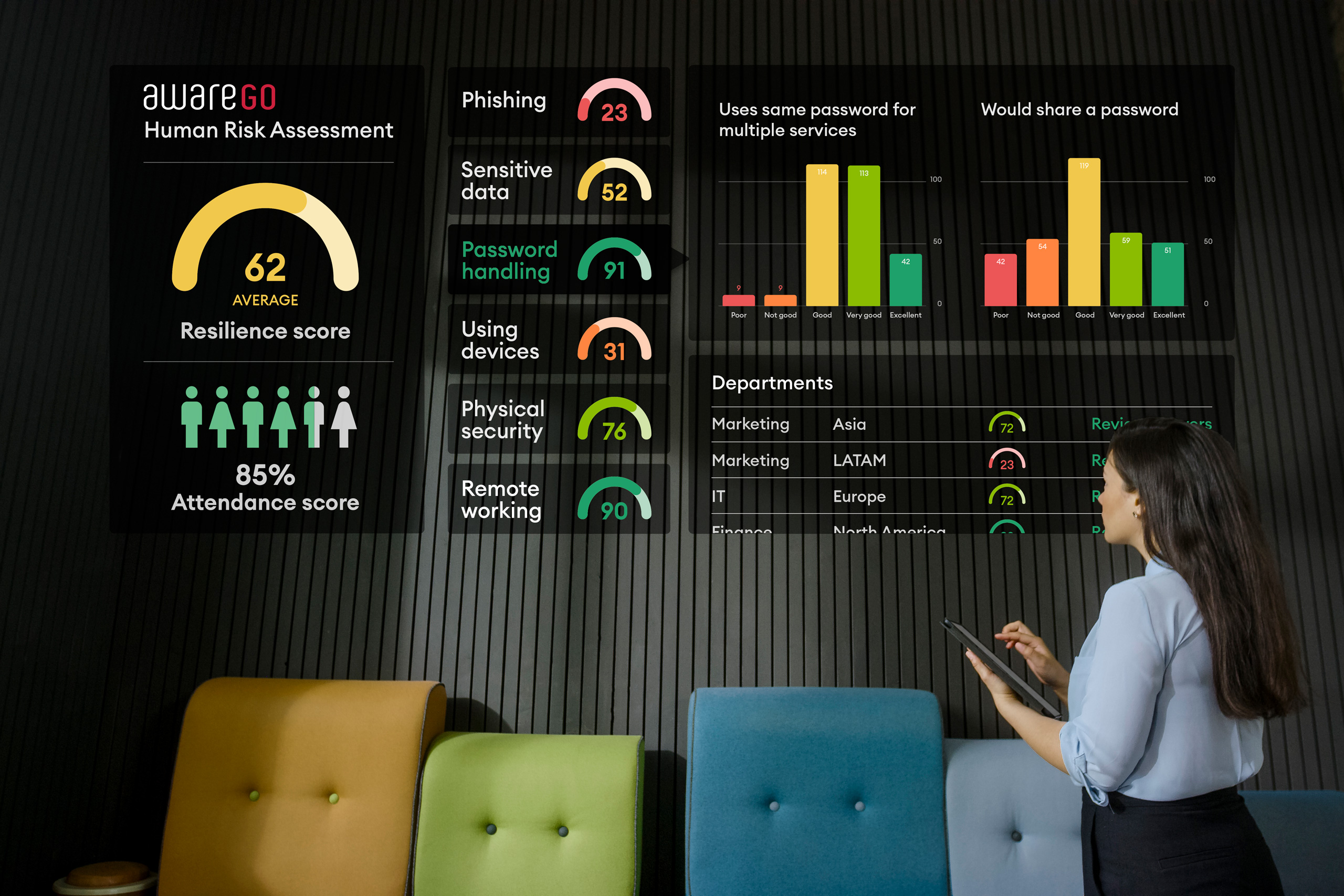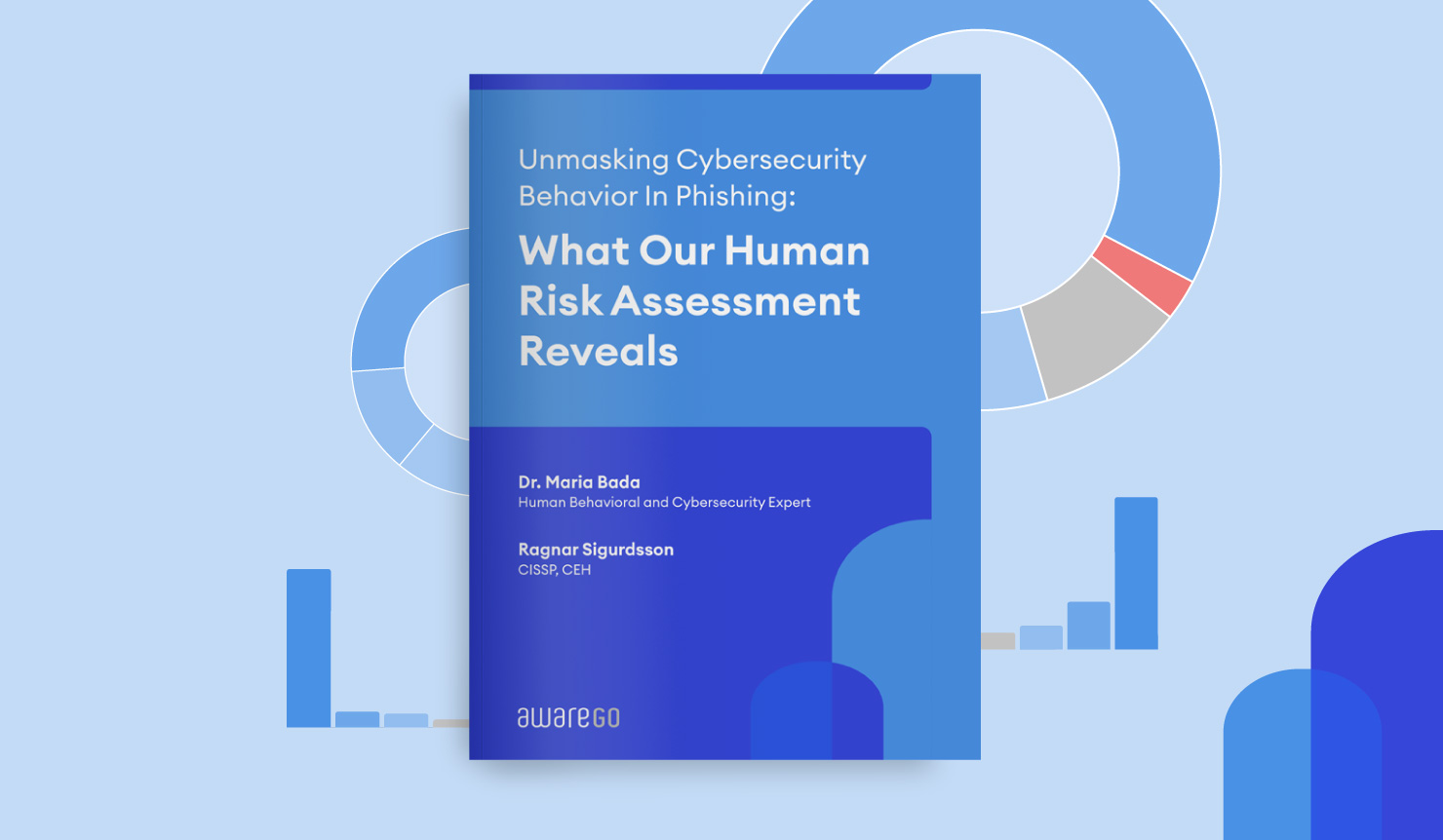Phishing is the attempt to obtain sensitive information such as usernames, passwords, and credit card details by disguising it as a trustworthy entity.
The word “Phishing” is a recently coined expression created as a homophone of fishing due to the similarity of using bait to catch a victim. Phishing attempts are typically carried out by email spoofing or instant messaging. And they often direct users to enter personal information at a fake website. The look and feel of those websites can be identical to the legitimate ones, and the only difference is the URL of the website in concern. Being able to recognize phishing emails before you get scammed is very important.

Fake social web sites, auction sites, banks, online payment processors or IT administrators are often used to lure victims. Phishing emails may also contain links to websites that distribute malware.
6 Ways To Recognize Phishing Emails
Here are the most common indicators:
- Bad grammar.
- Missing or strange fields in email.
- The salutation is missing. This can be an indicator of a phishing email.
- Aggressive call to action. Businesses do not regularly require you to update your payment information or your passwords. Be wary of emails asking you for too much information or aggressive wording.
- If it sounds to good to be true – it is!
- Graphic is fuzzy. The design and the layout of phishing emails often give it away. Scammers rarely do their design work properly.
Key Takeaways:
- Be suspicious of emails that request sensitive information.
- If in doubt, verify the origin of the email.
- Think twice before you open attachments or click any links.






